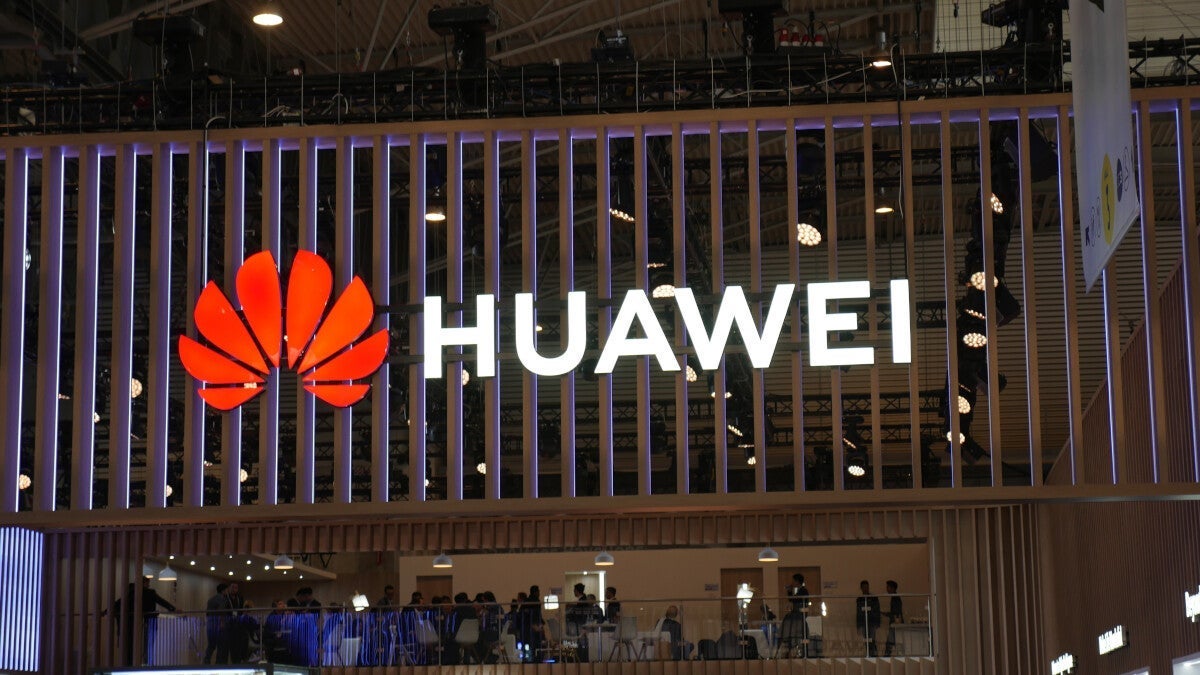Huawei HarmonyOS Next “Turbocharges” with “Pure Blood” Features Set to Launch Soon

Huawei’s Pure-Blood HarmonyOS Next: A New Era for the Chinese Giant
From US Sanctions to HarmonyOS
It’s safe to say that Huawei’s not done yet. Despite the US-imposed sanctions, the Chinese giant is on the verge of releasing its own mobile operating system – HarmonyOS Next. This latest iteration of Huawei’s homegrown OS is making headlines as it’s the first one without Android support, set to launch later in September.
The Last Chapter of Huawei’s Domestic Market Challenge?
Chen Xinxin, general manager of HarmonyOS industry solutions, announced the upcoming release at the China International Fair for Trade in Services in Beijing. This might be the final chapter of Huawei’s ongoing effort to challenge Google’s Android and Apple’s iOS in the domestic market.
Pure Blood HarmonyOS Next: What to Expect
HarmonyOS Next, officially unveiling at the end of this month, is being described as a “pure blood” version of the system. Unlike previous versions, it will no longer support Android-based apps. Chen emphasized that the new platform is entirely developed in-house, making it fully independent and autonomous.
A Growing Ecosystem
HarmonyOS was first introduced in August 2019 as an alternative to Android, following Huawei’s addition to a US trade blacklist. Today, HarmonyOS is operating on over 900 million devices, with 2.54 million developers on board. To further support its growth, Huawei plans to invest over 7 billion yuan (approximately $987 million) in native applications and technical services, aiming to strengthen the HarmonyOS ecosystem.
JD.com and HarmonyOS Next
Chinese developers are increasingly adopting HarmonyOS Next as part of Huawei’s push to compete with iOS and Android in China. JD.com, one of China’s largest e-commerce platforms, recently announced that its mobile app, compatible with HarmonyOS Next, will be launched in September.
Surpassing iOS in China
HarmonyOS recently surpassed Apple’s iOS to become China’s second-largest mobile operating system. In the first quarter of this year, it accounted for 17% of the country’s smartphone market, double its share from the same period in 2022, according to a report by Counterpoint Research.





